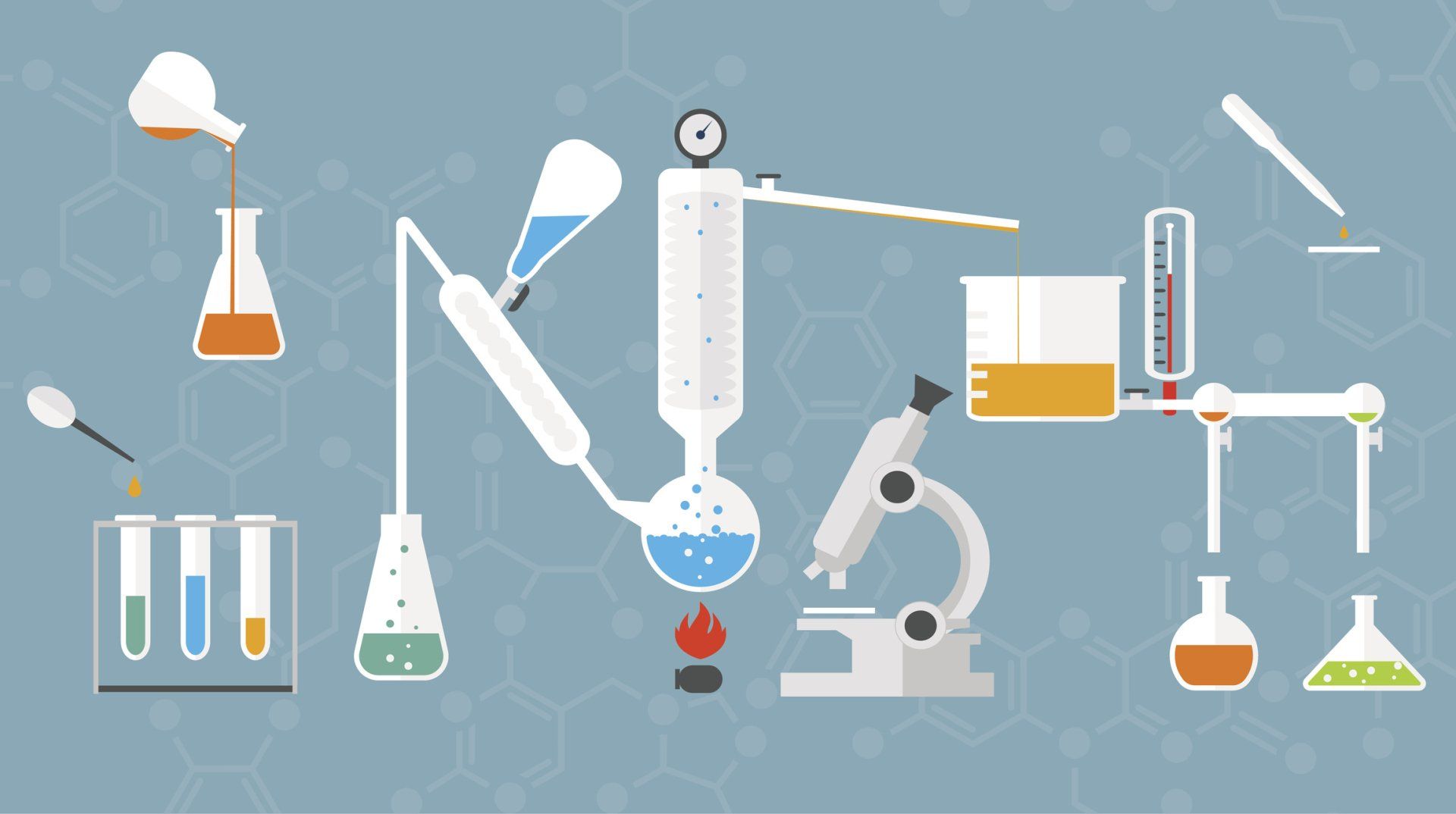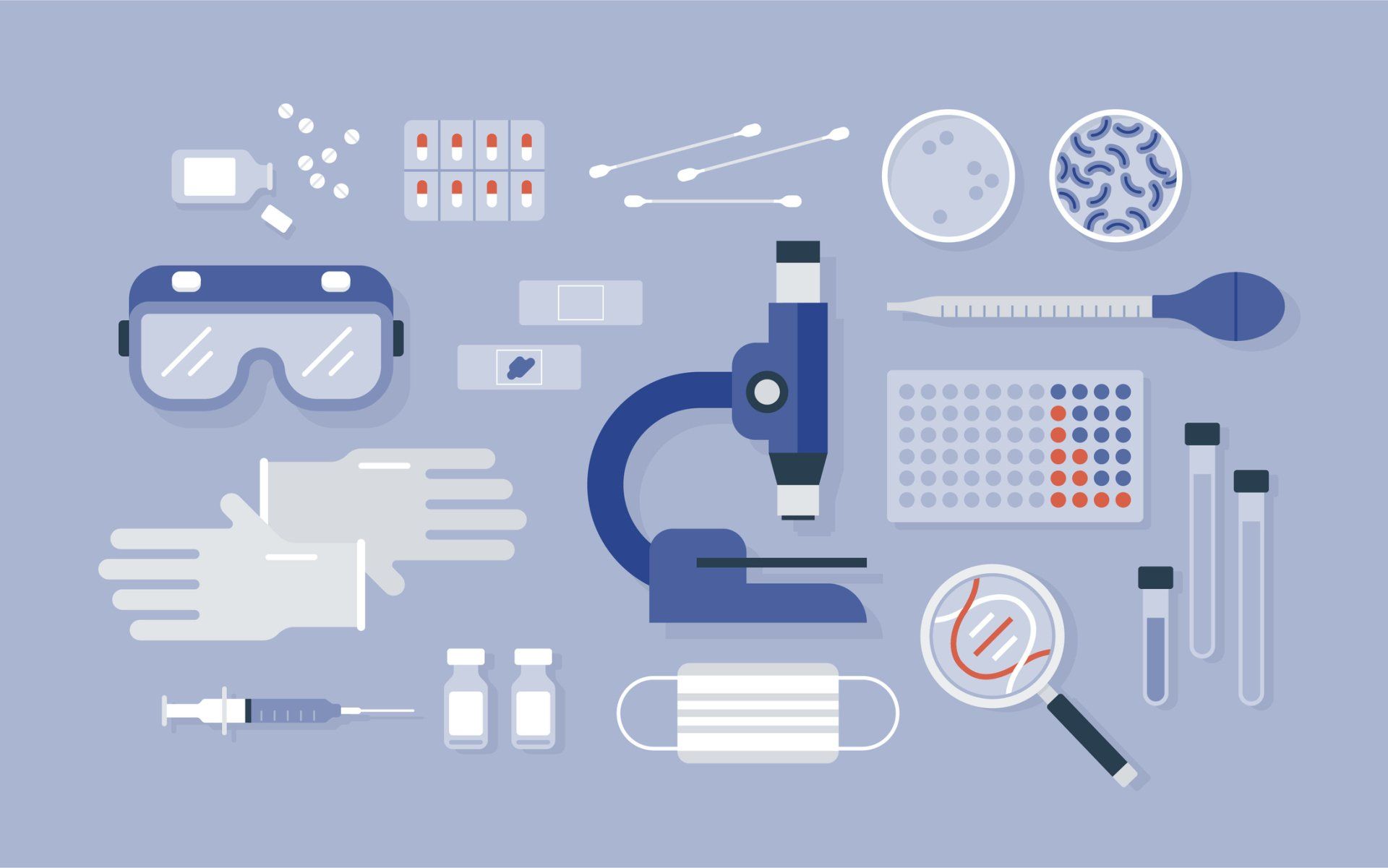LabNotes

Does your lab report threshold cycle (Ct) values with its SARS-CoV-2 results? Have you been asked to do so by customers/clients? Just because you can, does that mean you should? This is a question that I get A LOT from labs that I work with. Many customers want Ct values because they believe, erroneously, that they can make some sort of determination around infection status from those values. I don't know where they actually got this idea in the first place, but they will use the "well, the other lab will give us the Ct values" as a reason to (1) exclude your lab as a provider and/or (2) pressure you into providing the information. Here is some information you can use to overcome those objections. Firstly, different laboratories use different methods and these methods may have different Ct cutoffs. A Ct of 37 may be very different in an assay that runs for 45 cycles with a cutoff of 40 than in an assay that runs for 40 cycles with a cutoff of 38. Its difficult to say what the difference is unless the methods have been directly compared and correlated with clinical status. Additionally, I've found that many laboratories do not validate their cutoffs in house and simply use what has been published in the EUA. I believe this goes against CLIA regulations, but who am I to judge. Regardless, it has implications for what Ct values mean from various laboratories performing the same test. Ct values can be heavily technique dependent and may differ between laboratories using a lot of automation vs those that are more manual, even if they are using the same method. Moreover, there are numerous peer-reviewed publications addressing this issue (references below). But, to summarize them, individual sample Ct values should not be used as an absolute marker of length of time post-infection or to exclude infectivity where date of symptom onset is unavailable (Fox-Lewis et al). Notably, this also indicates that the Ct value has even less usefulness in asymptomatic patients. Ct values cannot differentiate between patients early in the infectious process and those who are recovering. Additionally, they cannot distinguish new infections from re-infections or simply prolonged shedding of virus. In the context of a known date of symptom onset, they can potentially be prognostic of disease severity, but again this is useless in asymptomatic patients. In my opinion, Ct values in the context of SARS-CoV-2 testing are almost useless, unless they are obtained under well controlled conditions and in the context of appropriate clinical information. So, just because you can…. You shouldn't. 1. Fox-Lewis A, Fox-Lewis S, Beaumont J, Drinković D, Harrower J, Howe K, Jackson C, Rahnama F, Shilton B, Qiao H, Smith KK, Morpeth SC, Taylor S, Blakiston M, Roberts S, McAuliffe G. SARS-CoV-2 viral load dynamics and real-time RT-PCR cycle threshold interpretation in symptomatic non-hospitalised individuals in New Zealand: a multicentre cross sectional observational study. Pathology. 2021 Jun;53(4):530-535. doi: 10.1016/j.pathol.2021.01.007. Epub 2021 Mar 20. PMID: 33838922; PMCID: PMC7980174. 2. Julian K, Shah N, Banjade R, Bhatt D. Utility of Ct values in differentiating COVID-19 reinfection versus prolonged viral shedding in an immunocompromised patient. BMJ Case Rep. 2021 Jul 27;14(7):e243692. doi: 10.1136/bcr-2021-243692. PMID: 34315745; PMCID: PMC8317077. 3. Shah S, Singhal T, Davar N, Thakkar P. No correlation between Ct values and severity of disease or mortality in patients with COVID 19 disease. Indian J Med Microbiol. 2021 Jan;39(1):116-117. doi: 10.1016/j.ijmmb.2020.10.021. Epub 2020 Nov 3. PMID: 33610241; PMCID: PMC7667391. 4. Sule WF, Oluwayelu DO. Real-time RT-PCR for COVID-19 diagnosis: challenges and prospects. Pan Afr Med J. 2020 Jul 21;35(Suppl 2):121. doi: 10.11604/pamj.supp.2020.35.24258. PMID: 33282076; PMCID: PMC7687508.

Most people think that a COVID test is a COVID test. They couldn't be more wrong. My mother lives on a small island in the Bahamas. They get A LOT of tourists from the US. Currently, in order for anyone to return to the US from the Bahamas, they need a negative COVID test within 48hr of arrival. Because of their limitations from a healthcare perspective - not a lot of facilities on a 3sq mi island - they are running a rapid antigen test. I have no idea which one, but for our purposes it doesn't matter. That test has flip-flopped on numerous individuals from one day to the next… its completely unreliable. I've always kind of jokingly said that I could flip a coin and be just as accurate… turns out I was actually right. In an article published on HealthLine in January the most recent study data is summarized ( How Accurate Are Rapid COVID Tests? What Research Shows (healthline.com) ). Turns out that most of the rapid antigen tests only detect a true positive about 50% of the time. So rapid tests are useless except for the purposes of "safety theater" -- to make one feel better that they've been tested. But… certainly PCR tests don’t have these issues. Well, yes and no… Not all COVID PCR tests are created equal. And even the ones that are, might not be comparable from laboratory to laboratory. Some labs use extraction-less methods, others don’t. Its known that methods that use extracted RNA are more sensitive than those that don’t. Some labs use automation resulting in more reproducible test results. Some labs use a cutoff of 40 Ct as stated by the manufacturer and some actually validate their tests in house (like they're supposed to) and learn that lower cutoffs are more accurate. Because labs use different reagents from different manufacturers, Ct values can't be compared either (that's another topic to be addressed later). Sample type also makes a difference; its been shown that saliva offers a much more sensitive and reliable result (gross to work with though!). I guess the bottom line is… if you want accurate and reliable COVID testing: 1) go with PCR and 2) pick a lab and stick with them.

Beyond the imminent pivots away from COVID, there is going to be a larger shift within healthcare that has been long anticipated. Healthcare as a larger field will be transitioning from a fee-for-service model towards an integrated care/value-based model. I believe that independent laboratories will need to be the primary drivers of sustainability within the diagnostic laboratory space as this shift occurs. For a long time, laboratories have operated by producing results and "throwing them over the wall" to clinicians for them to figure out, interpret, and draw their own conclusions. That has hurt the perceived value of the laboratory, which is capable of bringing so much more to the table. Laboratorians are highly trained experts in both the technical aspects of testing methodologies as well as the physiological implications of the results they produce. In that respect, they can bring so much more value to clinical practice. Some laboratories have already begun to adopt this kind of role. In molecular infectious disease testing, it’s no longer enough to simply provide positive/negative results… it’s just not feasible to remain competitive. Physicians are looking for more interpretation… if positive, what is the extent of the infection, what drugs might be useful in treating it, and, even, what dosage should be considered. This contribution to driving improved patient outcomes make the laboratory much more valuable to clinicians and it’s this kind of contribution that will drive sustainability. The question becomes, beyond infectious disease testing, how is this accomplished? Get started with Bratton LabWorx today!

Qualified, trained, laboratory testing staff are in frighteningly short supply. The COVID-19 pandemic driven demand for lab testing has highlighted that, even in main stream media. So, given supply and demand dynamics, keeping the staff you already have is going to be critical… recruiting additional staff is another topic for another time. I've seen many articles recently that advocate for automation as a critical factor in retaining staff. I can partially get behind that. No highly trained staff member wants to spend 8 (or more) hours manually pipetting or other "low level" tasks that are easily automated using liquid handlers or other types of instrumentation. They want, and should be encouraged, to put their focus on "higher level tasks" such as interpreting data, troubleshooting issues, and maintaining quality. I would argue that another reason to invest in automation is reducing variability. You are much more likely to get consistent results if as much of the testing process is automated as is possible. I am totally on board with automating. However, I don't think automation is the end all, be all of staff retention. People have an innate desire for advancement and recognition. Every single team member at every single lab that I've worked with in the past five years has told me the same thing: they want a growth and advancement pathway AND they want to be recognized for their contribution. Having a career ladder to climb is imperative to career satisfaction. No one wants to feel "stuck" and I think lab careers have been notoriously bad at providing ways for their team members to grow. I know providing an advancement ladder can be challenging in a lab environment, but we all have goals. Do your best to figure out how to help your team meet theirs both professionally and personally. Lastly, teams and team members want to be recognized for the contributions they make to company success. A lot of companies think a pizza party during lab week is "recognizing the lab". I think that's a cop out. Pay your people what they are worth and make sure you keep adjusting with the market. Otherwise, your team will move on to greener ($$$) pastures. Let's face it, compensation is WHY we all get up and go to work every day and, if it’s not right, no one will feel truly fulfilled by their job. So, if you really want to retain your qualified and highly trained clinical laboratory personnel, find interesting ways to help them reach their goals and pay them what they are worth.

I've seen two trends in the market: A pivot to offer "bread and butter" automated chemistry and immunoassay. A pivot to expanded molecular infectious disease (ID) testing. As for Option #1, I'm not sure why people think they can make money this way. It’s a known reality that hospital labs are money losers… if they can't pull it off, what are you doing differently. Beyond that, you will never be able to offer it faster, cheaper, better than the big commercial players. As far as I'm concerned, you're flushing your money buying those analyzers. There is no space to compete there and no money to go around even if you could. Option #2 is a bit more appealing. It seems a simple pivot as its technically similar to COVID testing and the output is actually in demand. In an era of antibiotic resistance, clinicians are more resistant themselves. They are far less likely to treat with broad-spectrum antibiotics without understanding what they are dealing with. For this reason, they want specific information on what "bugs" they are trying to kill. Along with that, they need guidance on which drugs to use and at what levels for how long. And, if that's not enough, they need the info yesterday… only an ultra-rapid turnaround time (TAT) will do. COVID labs will be adept at specificity and TAT, but may struggle with interpretive guidance and making reports valuable to the end user. This is where a lot of lab consulting firms are stepping in. They will help you set up and validate your ID panels. They MAY also help you with making your report utilitarian. However, those reports will likely be designed the way lab reports have been for decades… to throw data over the fence. That won't help you survive in this new competitive market. In order to survive post-COVID, small independent labs will have to figure out what they can do that no one else can. That may be a particular test/method based on the expertise and values of the owners and staff. OR, they will need to do what everyone else is doing, only better. Are you ready to get started? Contact us today!

There are several issues facing the field of laboratory medicine right now: The influx of laboratories and capacity specifically for COVID testing. The shortage of trained and qualified testing personnel. The larger shift within healthcare away from fee for service and towards an integrated care/value-based model. The question is how do smaller, independent labs, without the capital backing of a huge corporate enterprise or a hospital, survive the seismic shifts that are coming? I think each issue needs to be addressed individually. In this series of three articles, I will share my thoughts on each issue and how it might be addressed (there's never only one way to do anything, right?). What happens when COVID volume drops precipitously? You're fooling yourself if you think COVID testing is here to stay, at least at current throughout. While COVID itself may not be going anywhere anytime soon, it would surprise me if the testing levels didn't shift to resemble flu testing. There will likely come a time when COVID is accepted as another flu-like illness; as with the flu, each year a number of people will contract it and a number of people will die and THAT will be the "new normal". In line with that, laboratory testing will only be requested for symptomatic patients as opposed to the current level of asymptomatic surveillance. What, then, happens to all the small laboratories that opened their doors for the sole purpose of COVID testing? Did you know that only 3.4% of clinical laboratories are in hospitals? That number surprised me. While the majority of CLIA accredited laboratories are physician office labs (41.6%). A staggering 14.5% are commercial laboratories. As those data are from 2020, its difficult to say how many of those are a direct result of the COVID-19 pandemic driven need for increased capacity and ultra-rapid turnaround time. But I bet it’s a lot of them. So, how do they manage a precipitous drop in COVID testing? The obvious answer is that a lot of them will not survive. Those that are determined to do so will need to get creative!

